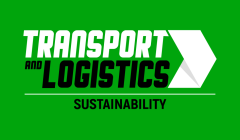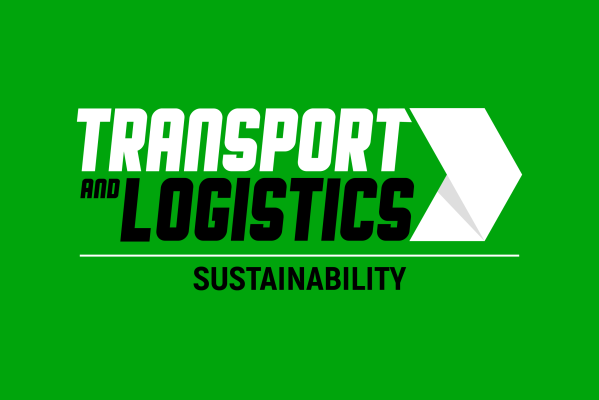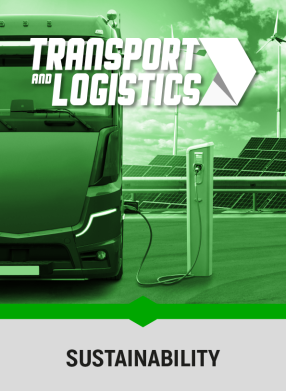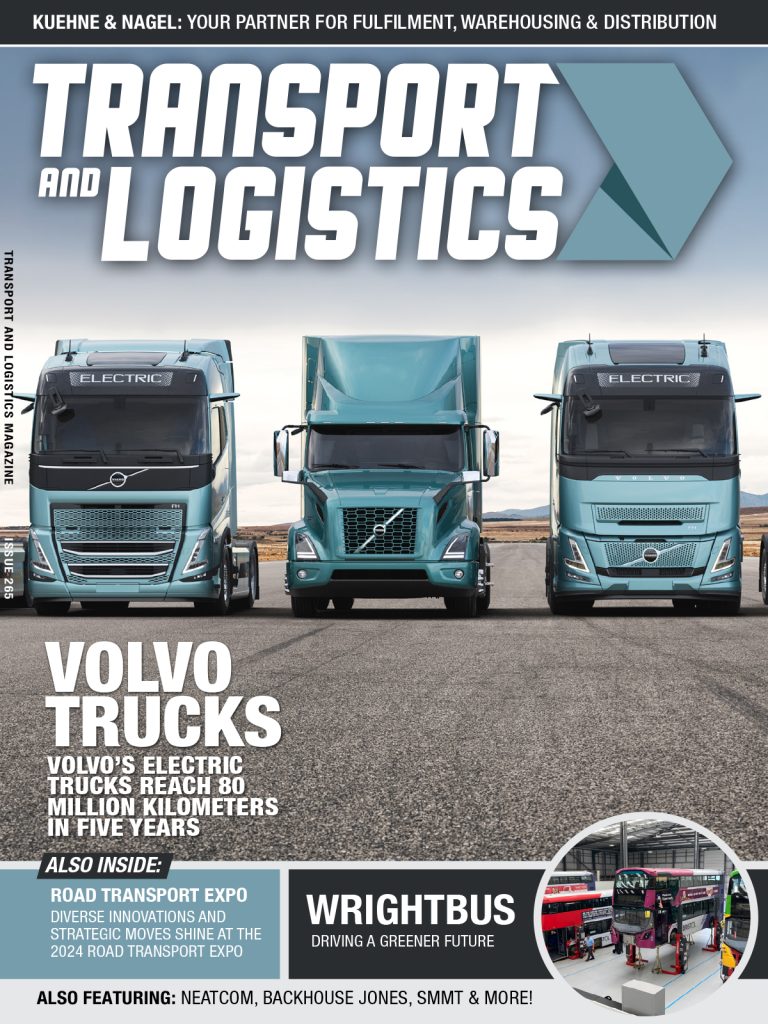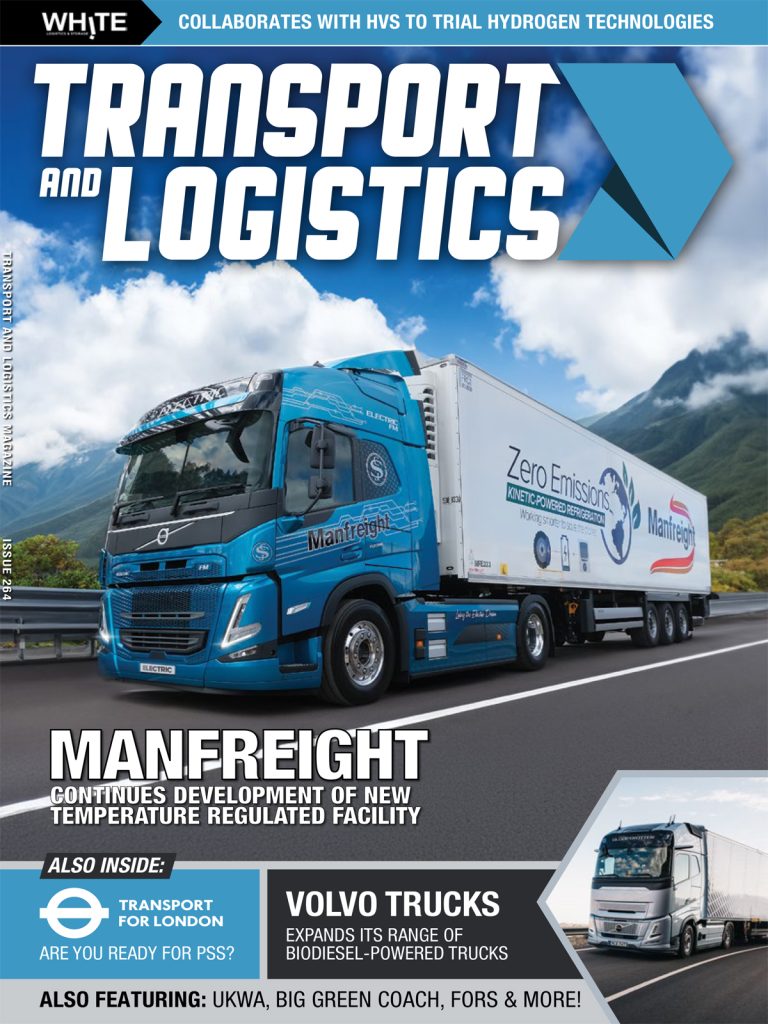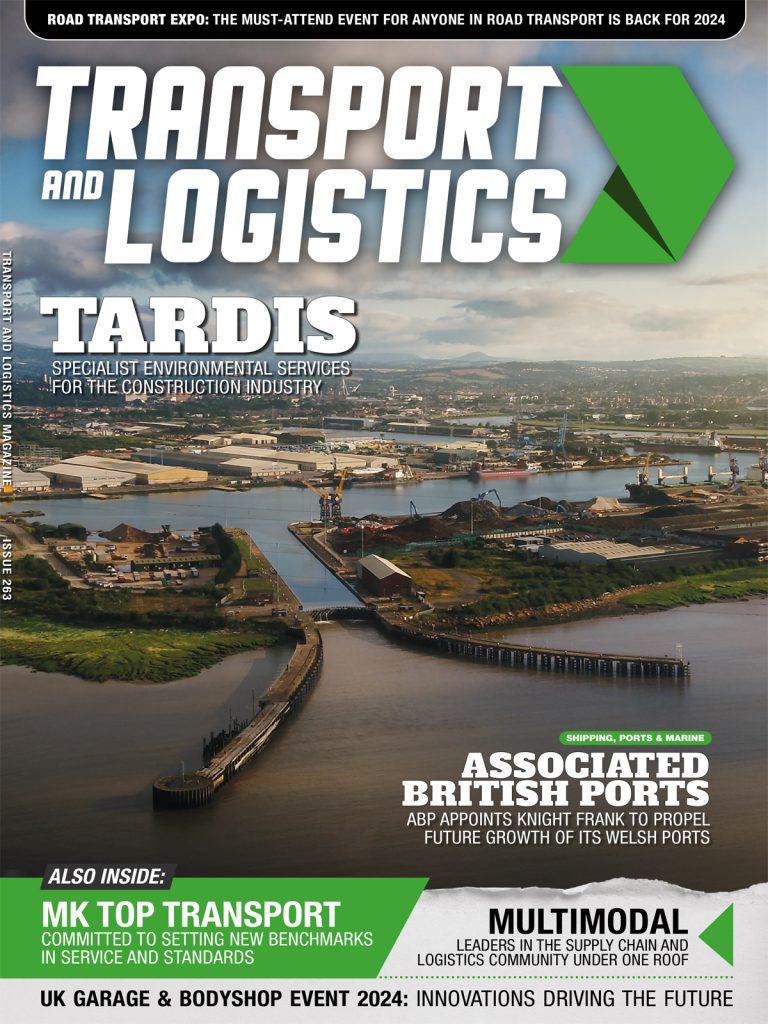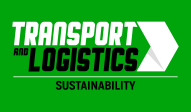Hybrid And Electric Vehicle Innovation Places Renewed Pressure On R&D Streamlining
– New figures show significant growth in HEV vehicle registrations
– Growth in HEV means learning to handle increased design complexity
R&D must remain at the forefront of innovation for the automotive industry if it is to continue its upward trend of 22 months of consistent growth, which has seen it recently record the highest sales figures since 2007, says Barry James, Chief Technology Officer from Romax Technology. Recent research from the Society of Motor Manufactures and Traders (SMMT) has revealed that 2013 saw 2.26 million vehicles registered with over 32,700 hybrid and electric vehicles also registered representing an above average rise of 20.5 per cent.
Mr James from Romax states that R&D is critical to this movement and indicators across the sector suggest that R&D spend by car firms is seeing an annual growth rate, over the past four years, of eight per cent.
“Where R&D is particularly important is within hybrid and electric vehicles (HEVs), which are now readily available from automotive manufacturers. However, the ramifications for the design process in bringing complex elements into the mix means that traditional off-the-shelf components no longer fit as these vehicles require specialist designed components.
“Taking gearbox design in HEVs as an example, analogue technology has been replaced with digital tools and virtual prototypes for testing within this process, which in turn has prolonged the design process making it much more fragmented. Designers and engineers are now under pressure to not only address the various new stages in the gearbox design process of new vehicles but do it in a timely, cost-effective manner and get it right first time, often creating a challenging task.”
Mr James states that in light of this example of continual investment in R&D is not only essential for the vehicles themselves but also the tools, which allow engineers and designers to carry out the complex nature of automotive design in an effective manner:
“R&D in the automotive industry is not just consigned to the vehicles themselves but also the collaborative tools which are need to aid design. Design process collaboration and an end-to-end approach are key to streamlining and driving the automotive industry forward – ultimately, it’s about removing bottlenecks to ensure the components involved in design and engineering are as smooth as possible with minimal disruptions, therefore benefiting the overall R&D efficiency of the industry.”
